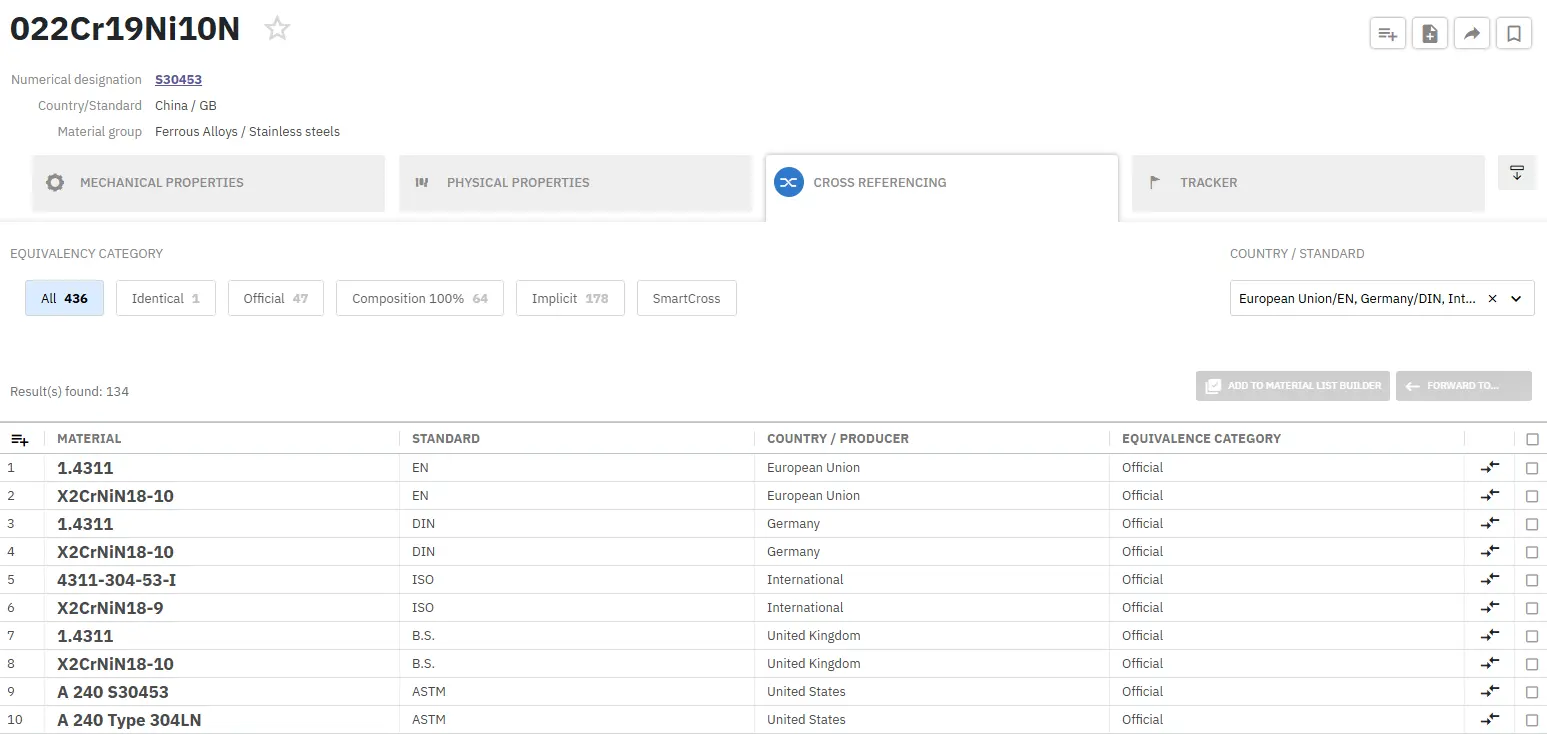Classification and Designation of Welding Filler Materials
Abstract
This article examines three crucial European (EN) standards for welding filler materials classification: EN 12072, EN 758, and EN 499. EN 12072 addresses the classification of wire electrodes, wires, and rods for various welding processes involving stainless and heat-resisting steels. EN 758 details the classification requirements for tubular cored electrodes in metal arc welding, while EN 499 focuses on covered electrodes and deposited metal specifications for manual metal arc welding. Each standard provides detailed classification systems, including chemical composition requirements, mechanical properties, and specific designation systems, essential for ensuring proper selection and application of welding consumables in industrial applications.
Understanding EN 12072: Classification of Stainless Steel Welding Consumables
The EN 12072 standard establishes comprehensive requirements for classifying welding consumables used in stainless and heat-resisting steel applications. This standard is unique in its approach, as it covers multiple product forms including wire electrodes, wires, and rods across various welding processes such as gas shielded metal arc welding, gas tungsten arc welding, plasma arc welding, and submerged arc welding. A notable feature of this standard is its flexibility, allowing welding consumables to be classified based on chemical composition rather than being restricted to specific welding processes.
EN 758: Classification System for Tubular Cored Electrodes
The EN 758 standard outlines specific requirements for classifying tubular cored electrodes used in metal arc welding of non-alloy and fine grain steels. This standard applies to electrodes used both with and without gas shielding, specifically for materials with yield strengths up to 500 N/mm². The classification system employs a comprehensive eight-part designation system, with six mandatory components and two optional elements.
Mandatory Classification Components:
The designation begins with 'T' to indicate a tubular cored electrode, followed by numerical and alphabetical symbols that define specific characteristics:
- Process Identifier: 'T' denotes tubular cored electrode
- Strength Properties: Numerical value indicating yield strength, tensile strength, and elongation
- Impact Energy Temperature Rating: Ranging from Z (no requirement) to 6 (-60°C)
- Chemical Composition: 'Z' indicates agreed compositions outside standard grades
- Core Type Classification: Indicates slag characteristics and core composition (R, P, B, M, V, W, Y, or Z)
- Shielding Gas Requirements: Specifies gas type (M, C) or indicates self-shielding (N)
Optional Classification Elements:
The system also includes two optional components that provide additional specifications:
- Welding Position Capabilities: Numbers 1-5 indicating suitable welding positions
- Hydrogen Content Classification: H5, H10, or H15 indicating maximum hydrogen content
EN 499: Manual Metal Arc Welding Electrode Classification
The EN 499 standard provides a detailed framework for classifying covered electrodes used in manual metal arc welding applications. This standard specifically addresses electrodes for non-alloy and fine grain steels with yield strengths up to 500 N/mm² in the as-welded condition. Similar to EN 758, this standard employs a multi-part designation system, consisting of five mandatory and three optional components.
Mandatory Classification Elements:
The classification system begins with fundamental electrode characteristics:
- Process Identifier: 'E' signifies a covered electrode for manual metal arc welding
- Strength Designation: Numerical value indicating mechanical properties
- Impact Energy Performance: Temperature ratings from Z (no requirement) to 6 (-60°C)
- Chemical Composition: Example '1Ni' indicates specific alloy content
- Covering Type: Designations including:
- A (acid covering)
- C (cellulosic covering)
- R (rutile covering)
- RR (rutile thick covering)
- RC (rutile-cellulosic covering)
- RA (rutile-acid covering)
- RB (rutile-basic covering)
- B (basic covering)
Optional Classification Components:
The standard includes three additional optional designations:
- Weld Metal Recovery and Current Type: Numbers 1-8 indicating recovery percentage and suitable current types (AC/DC)
- Welding Position Capabilities: Position ratings from 1-5
- Hydrogen Content Levels: H5, H10, or H15 classifications
Instantly Find and Compare Materials from Different Standards!
Total Materia Horizon contains detailed and precise property information for hundreds of thousands of materials according to all standards worldwide, updated monthly.

Get a FREE test account at Total Materia Horizon and join a community of over 500,000 users from more than 120 countries.